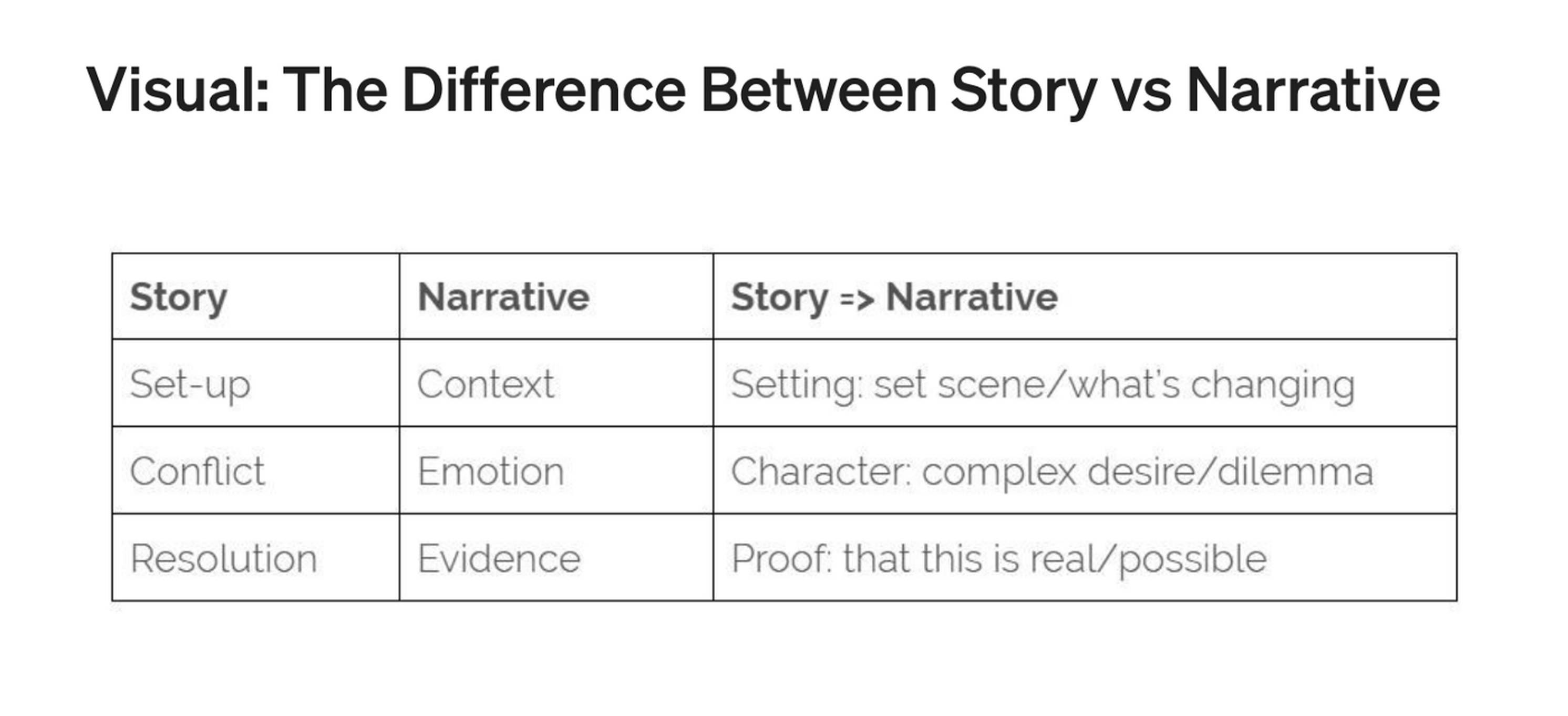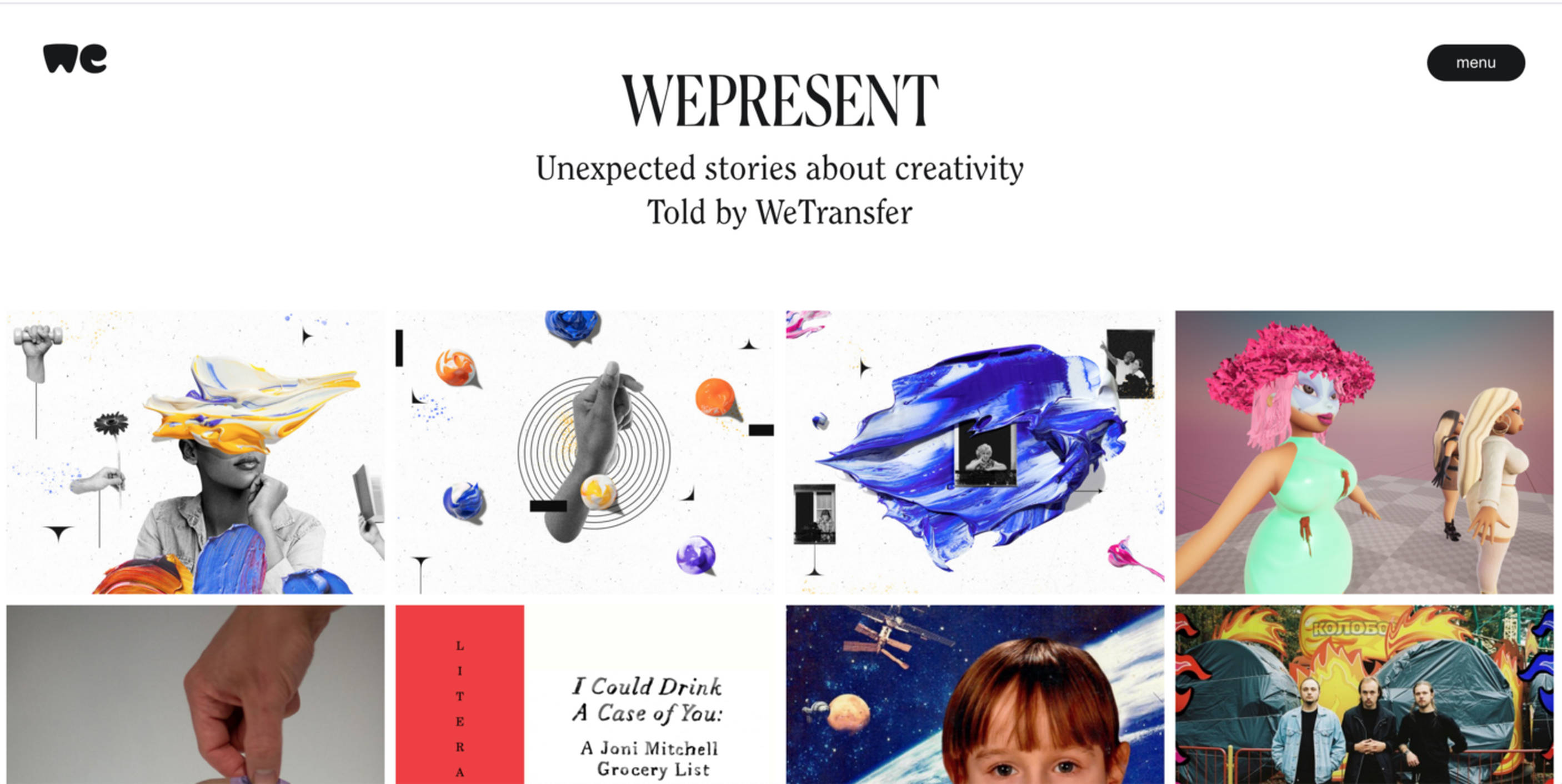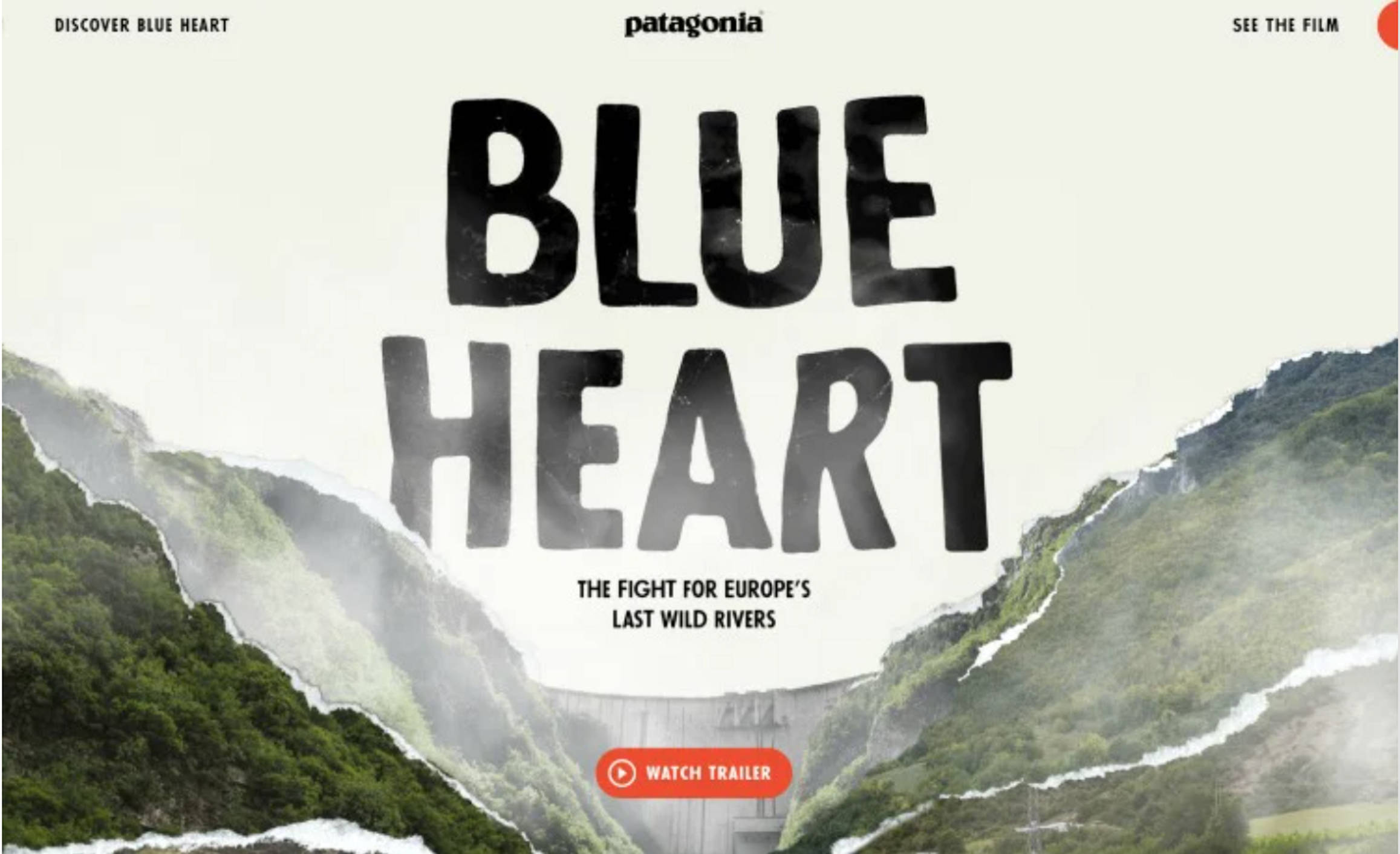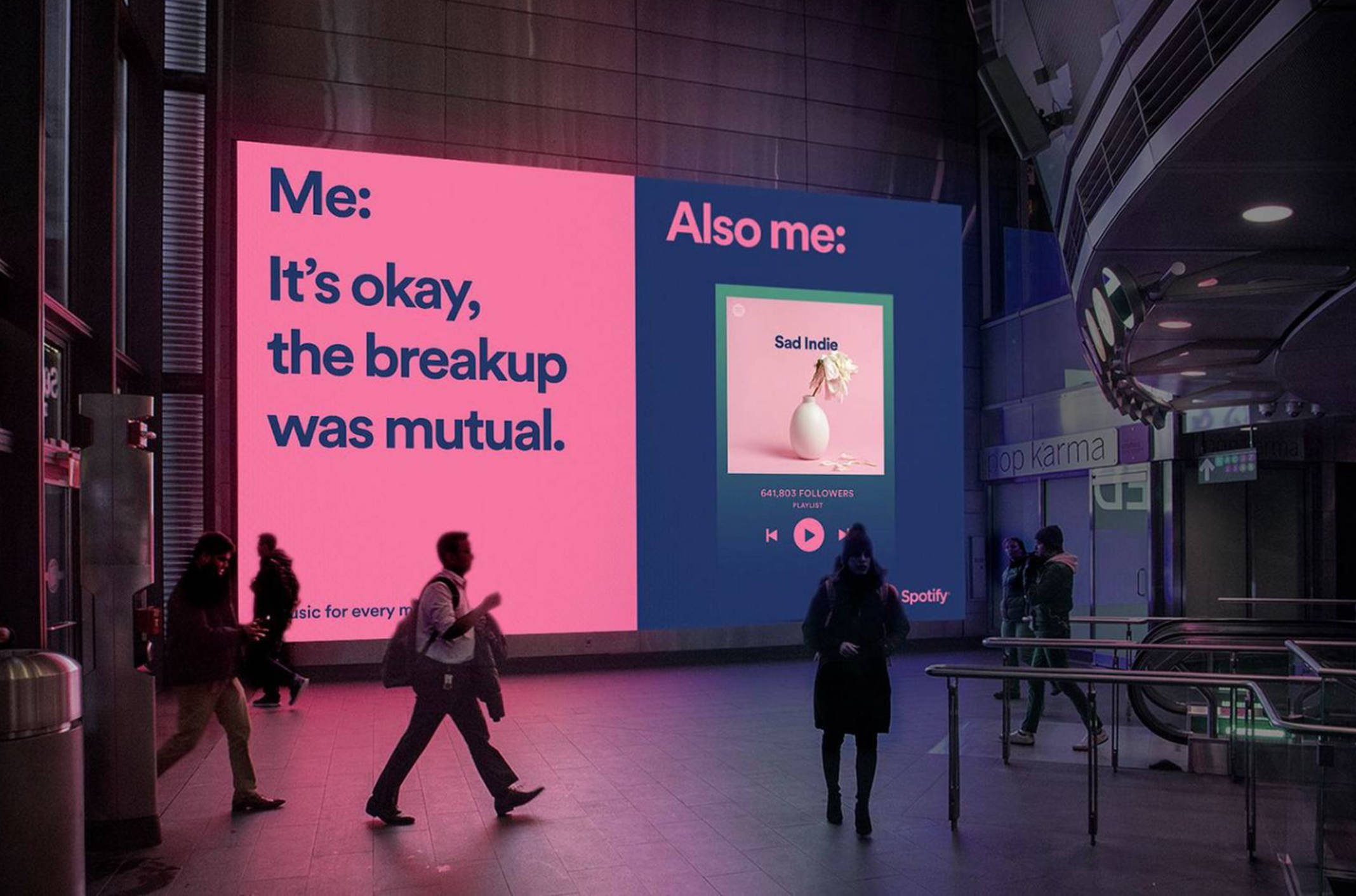Branding: The End of Storytelling

Used and abused, the term “storytelling” has become an accepted and overused buzzword, that suggests a painful lack of imagination. It seems that everyone wants to be a storyteller — but not everyone is a GOOD storyteller. Although it has been elevated to near sacred in the marketing world, the truth is, storytelling has become meaningless because it means many different things to many different people, which is why it’s so easy to hide behind it. From a branding perspective, how can we get away from a systematic storytelling approach which has run out of steam?
So what’s the alternative? In order to approach branding differently, we have to start by letting go of the age-old perspective of the power of stories and storytelling. Don’t get me wrong; I am not saying storytelling is never relevant. I am saying that it isn’t the only answer when it comes to shaping brands. Nowadays, digital media and information overload make it very hard for stories to be as compelling as they once were. The world is changing fast, and, brands need to adapt. It is time to get over branded content, and storytelling because 2021 will be all about crafting brand narratives. “But isn’t narrative just another word for story,” you ask? Well, maybe they are not so similar to what we would think.
A brand story is unique. Brand narratives are multiple and, diverse.
Today, brands are no longer a singular voice. The success of a brand lays in its abilities to incarnate the collective meaning of a larger community. A way to consider branding is to see it as a set of techniques designed to generate cultural relevance. Storytelling is one way to achieve this goal. Narratives are all the other possibilities. Of course, story and narrative are cousins, and most of us use these two terms interchangeably, but when it comes to branding, they do fundamentally different work. We could define narratives as stories that do not end. Instead, they persist and expand over time, continuously unfolding, and shaped and filled in by the audience.
In short, when it comes to branding, the narratives belong to the audience while the story is set by the brand. A narrative mobilizes people outside the company to act in ways that support and reinforce the goals that a company is trying to achieve (John Hagel). Therefore, a narrative deliberately exploits the audience’s tendency to look for connections and figure out the significance. In that sense, a narrative is an act of interpretation of the brand by its audience.
For instance, Nike’s famous “Just do it” does not tell one unique story. Instead, it strongly supports a brand’s legendary performance through myriad ways: embracing challenges, questioning stereotypes, achieving the nebulous “it,” and so on. All these ways are different narratives which different audiences can embrace. It is the same mechanism for Apple. “Think different.” is about us/the audience and what we need to do; it’s not about Apple products. Thinking different is an ongoing thing, and it allows the brand to communicate on a mindset rather than on their product.
For brands, the narrative approach has the advantage to unfold over time, context, places and perspective. It makes them more relevant at the moment. In a continually changing world, a brand which thinks “narrative” can easily reinvent itself and expand its influence.

Context Over Content
Narratives create or take advantage of the audience context. Context is about timing communication so that it’s most relevant for their audience: 1) the right content; 2) to the right perspective; 3) at just the right moment. Brand narratives deliver context that offers far more than educational information, background story, or other useful information typically associated with branded content. Brands don’t have to only focus on the content but are instead providing specific context to their community. They create meaning and take action around something bigger than themselves. Branded content is created by the brand at a certain moment and not by the audience in a certain context; therefore, it is very much determined. By creating context, a brand can largely address its influence and relevance.
Finally, narratives, insert timing into the equation. It is where its strength lays. Thinking narratives allows the brand to create events or actions that can participate in brand recognition in a much more focus way than general storytelling.
The hardest thing to get right when connecting with consumers is authenticity. Often brands try too hard to tell consumers what they want rather than being truthful about what they are as a brand and, where they have purpose because that’s what really resonates.
Beyond storytelling: “narrative territories”
“Narrative territories” present a coherent brand landscape (with its different conflicts, target groups, places and time,..) and then map several paths — the actual narratives — through that landscape. And since brands are widely understood as no longer bound by a single-story, there are many ways to shape these paths. Let’s consider a few of them:
- Publishing-narrative
Increasingly, brands are becoming platforms for stories. Brands are no longer the author of their story but rather a publisher. It is no longer just a question of storytelling. The brand is story-sharing the content of its audience. What stories are important to tell? And what stories are important to listen to? WeTransfer launched WePresent, a digital platform and Podcasts that promotes creative work and thoughts from all over the world. WePresent stages its brand essence through curated content and not by its own story.

- Purpose-narrative
The brand focuses on context and present themselves through a series of actions, relevant to this context. For instance, Patagonia doesn’t tell a story. Marketing within Patagonia is focused on “building a movement”. The brand deeply believes in a larger mission and is aligned with its community around what needs to happen. They are not focused on content but are providing context to their community to make meaning and take action around something larger than themselves.
It’s community building, and we’re very much focused on doing that socially online, physically in the real world, and we invest as little as we can in paying to talk about what we do and who we are.

- Data-driven narrative
A data-driven narrative gives people context through terms and user search keywords. Brands can use data in an anecdote or an event to emphasize a problem in society that a product could solve. Data-driven narratives work well for companies that already collect information through their business models because they can frame their communication with the type of data they collect. For example, Spotify scans user search keywords to determine which songs should go on its playlists or to determine which tracks you are most likely to enjoy. From there, they can do targeted communication to a specific profile of users: Music for every mood (Spotify signature).

- Immersive narrative
Immersive narratives are rarely considered for branding. National Geographic uses immersive narrative by putting the user at the centre of a report by using technologies like virtual reality and 360-degree videos. The visitors of the website can experience what it’s like to see a lion up close. It also allows the visitor to participate in an adventure from the comfort of their home. For National Geographic, this immersive choice to shape narrative reinforces its branding as a compelling company that supports exploration. National Geographic inspires its audiences and brings them close to experiences in faraway places. This experience or one of the many narratives of the brand. - Cultural branding or ideology-narrative
A brand sets itself apart by promoting a new ideology that springs from the crowd. “By targeting novel ideologies from crowd-cultures, brands can stand out. A brand can sustain its cultural relevance by playing off particularly intriguing or contentious issues that dominate the media discourse related to an ideology.” For example, Dove’s “Campaign for Real Beauty” tapped into this emerging crowd-culture by celebrating real women’s physiques in all their normal diversity — old, young, curvy, skinny, short, tall, wrinkled, smooth. Women all over the world pitched in to produce, circulate, and cheer for images of bodies that didn’t conform to the beauty myth. Throughout the past decade, Dove has continued to target cultural flashpoints — such as the use of heavily Photoshopped images in fashion magazines — to keep the brand at the centre of this gender discourse. Dove broke through in social media because they used cultural branding.” Douglas Holt, How Brands Become Icons: The Principles of Cultural Branding).

- Ambassador/spokesman-narrative
The brand ambassador is a human representation of the brand, a spokesperson who connects with the audience in a unique and meaningful way. They demonstrate care for both the brand and its followers. They promote the brand on social media and have a direct relationship with the audience/consumers. “I will what I want,” from Under Armor pushed gender boundaries even further, challenging conventions in arenas where traditional ideals of femininity still reign. This narrative is built on the context of today for a western target group. In the past, the narrative of Under Armor was more about performances. Because they don’t have a single brand-story, they can follow fashions.
To be continued…
Brands have for too long been obsessed with their own unique story. In 2021, successful brands are just no longer only storytellers. They are curators, publishers, advocates, etc.… They have to adapt to different audiences and subcultures that interact fast on social media. If they want to keep up and address to a larger public, they have to reinvent themselves through multiple and targeted narratives. The world of brand narratives in the digital era is a way more exciting and diverse than a single brand story!
Hey, I am Alexia! Among many other things, I am a designer at Fabrique.